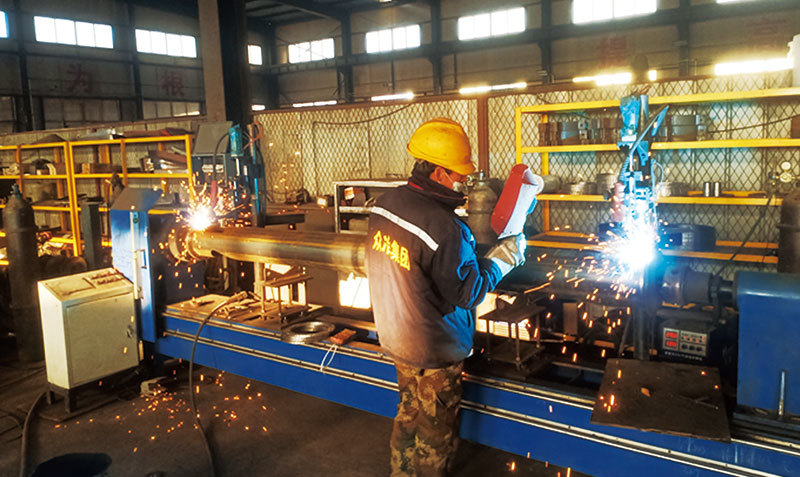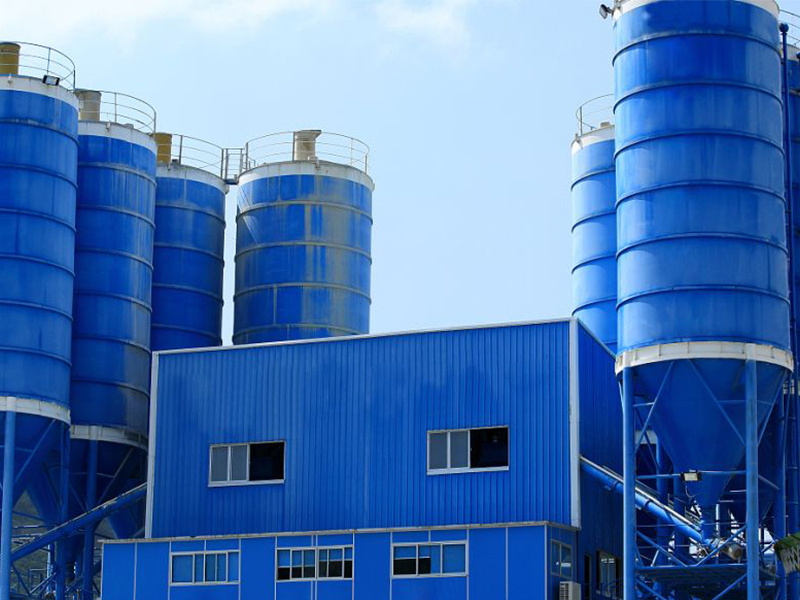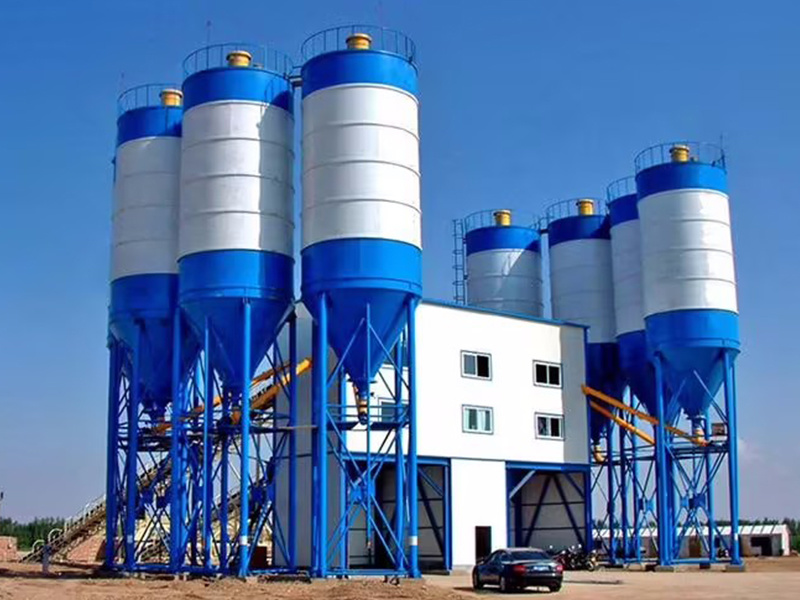02
2025
-
06
Understanding the Working Principles of Concrete Mixing Plants
The Backbone of Construction: Introduction to Concrete Mixing Plants
Ah, concrete! It’s the unsung hero of the construction world, holding up skyscrapers, bridges, and everything in between. But have you ever wondered how it all gets made? Enter the concrete mixing plant, or as the locals say, concrete mixing plant. These plants are where the magic happens, blending various materials to produce the robust substance we can rely on.
What is a Concrete Mixing Plant?
In layman’s terms, a concrete mixing plant is a facility that combines various components to create concrete. Think of it as a culinary kitchen, but instead of whipping up a soufflé, you’re concocting the perfect batch of concrete. It typically includes silos for storing materials like cement, aggregates, and water, along with mixers that bring them together.
Key Ingredients of Concrete
What goes into this mix? Well, concrete is primarily made of:
- Cement: The glue that holds everything together.
- Aggregates: These are the coarse and fine particles like sand and gravel that give concrete its strength.
- Water: Essential for the chemical reactions that occur when the concrete sets.
How Does a Concrete Mixing Plant Work?
Now, let's get into the nitty-gritty of how these plants operate. At first glance, you might think it’s a simple process, but there’s a lot going on behind the scenes.
1. Material Storage and Preparation
The first step in the process is gathering and storing the raw materials. Cement is usually stored in large silos, while aggregates are kept in separate bins. Once the order comes in, the correct amounts of each material are prepared for mixing. This step is crucial because the proportions will affect the quality of the final product.
2. Mixing
Once everything is in place, it’s time to mix! The materials are fed into a mixer, where they’re blended together. Depending on the type of concrete needed, this could be a quick mix or a longer process. The mixer ensures that every particle is coated with cement and that the mixture reaches a homogenous consistency.
3. Quality Control
Hold on! Before the concrete gets to the construction site, it must pass several quality checks. Samples are taken to ensure that the mix meets specified standards. This step is vital because poor-quality concrete can lead to structural problems down the line.
Why is This Important?
You might be wondering, why all the fuss about mixing plants? Well, they play a pivotal role in ensuring that construction projects are safe and durable. The efficiency and effectiveness of concrete mixing plant mean that builders can rely on consistent quality, which is essential for the integrity of any structure.
Environmental Considerations
In today’s world, sustainability is key. Many concrete mixing plants are adopting eco-friendly practices, such as recycling water and using industrial by-products in their mixes. This not only helps reduce waste but also contributes to greener construction practices.
Conclusion: The Future of Concrete Mixing Plants
The evolution of concrete mixing plants is quite fascinating. With advancements in technology, we can expect to see even more efficient processes and eco-friendly solutions. As construction continues to grow, these plants will remain at the forefront, ensuring that our buildings are strong, sustainable, and, most importantly, safe!
混凝土搅拌站
Related News
Yantai Zhongye Leading Green Building Materials Development and Setting the Benchmark for High-Quality Concrete Mixing
Jan 23,2025
Vertical shaft mixer, concrete mixing station
Vertical shaft mixer has been more and more widely used in concrete mixing stations
Jul 30,2024
Concrete mixers and concrete batching machines are two kinds of machinery and equipment commonly used in the construction industry.
Jul 30,2024
YANTAI ZHONGYE EQUIPMENT AND MACHINARY CO.,LTD
WA:+86 19853565591
E-mail: barry@ytzymm.com
No.2 Guangdong Road, Haiyang Industry Park, Yantai City, Shandong Province






